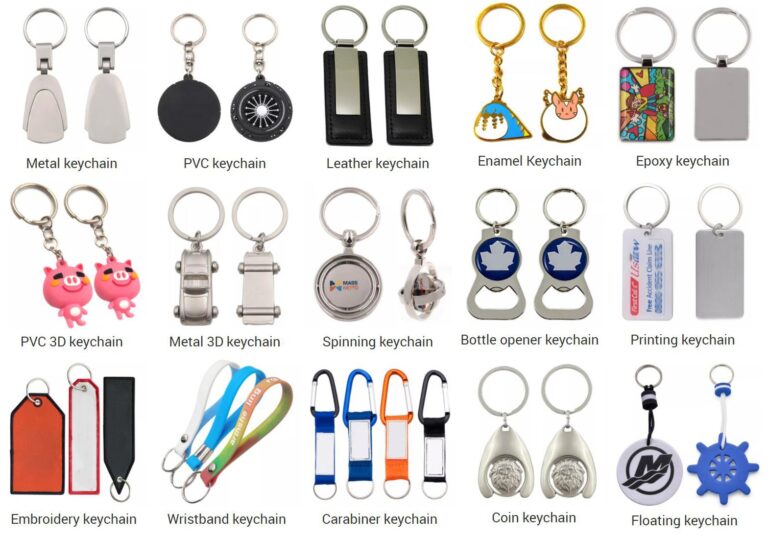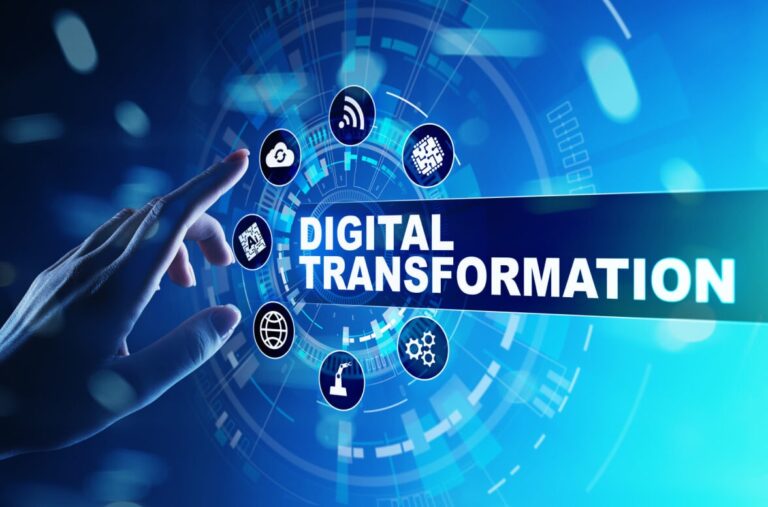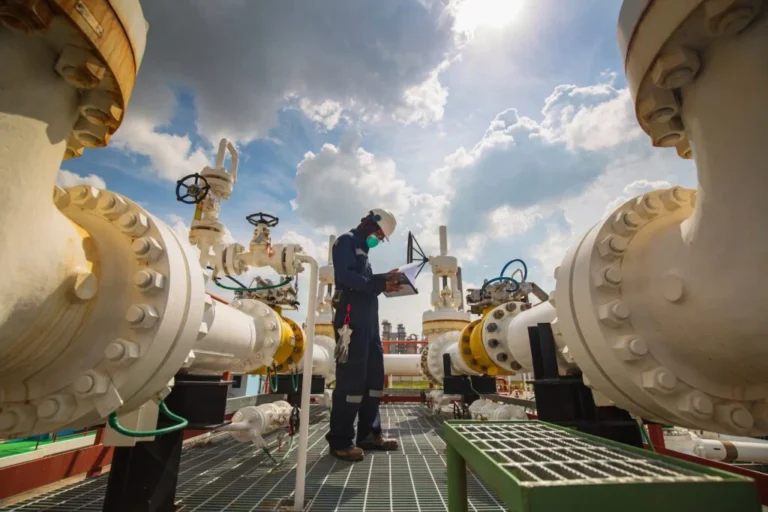Much like many Americans, 2022 was the year data centers, and the conversations about them, went from boardrooms to living rooms. The massive shift in data needs for nearly every business, in just about every industry, meant that everyone was talking about, needing, or using cloud services provided by a data center.
As the Coronavirus pandemic shifted attention to the digital needs of many businesses, those shifts, for many industries will likely stay in place; in fact many of them have proven fortuitous and have impacted industries in a positive manner. As such, much of that growth, and shift towards digitization, will likely continue throughout 2021 and over the next few years.. While data centers drove the increase and growth in digital technologies, so now will the need for digital technologies drive the growth of data centers.
Projections for the Future Data Center Market
As with many businesses, data center growth and spending in 2020 was slow and limited by predictions about the world’s ability to control the growing pandemic. Without knowing what impact it would have on the economy, as well as consumer spending and confidence, many held off on growth with 60% of planned facilities being delayed. While spending was down overall in 2020, Gartner anticipates a full rebound and growth over the next four years, with a return to building and expansion by late 2021.
With a current value of nearly $32 billion, industry analysts expect the value of the data center market to be closer to $59 billion by 2025. With no decrease in demand for data, in fact there’s about a 35% increase year after year, and increasing demand for colocation opportunities on both small and hyperscale, the data center market is poised for remarkable growth.
5 Data Center Trends to Be Aware of in 2021
2020 was a hard year to predict. While some are reluctant to make 2021 predictions, there are a few trends that experts and analysts agree on.
1. Hyperscale is Here
One of the outcomes of the pandemic was the acceleration of digitization across just about every industry. In fact, it’s estimated that data center IP traffic will reach 20.6 ZB by the end of 2021, an increase of nearly 7 ZB since 2016. As such, the demand for colocation services and hyperscale vendors, is predominantly in Europe and the Asia-Pacific region. In fact, 2020 included investments of nearly $17 billion in public cloud infrastructures, with virtually no slow down from tech giants like Amazon, Microsoft, or Google.
Further, a significant part of that growth will be in the healthcare industry as well, with many hospitals and research facilities requiring IT infrastructure that’s just not available to them on-premise. However, other industries, particularly supply chain management and logistics, which took a major hit during the pandemic, are re-evaluating its need to move to the cloud.
2. Nobody Puts Edge in the Corner…
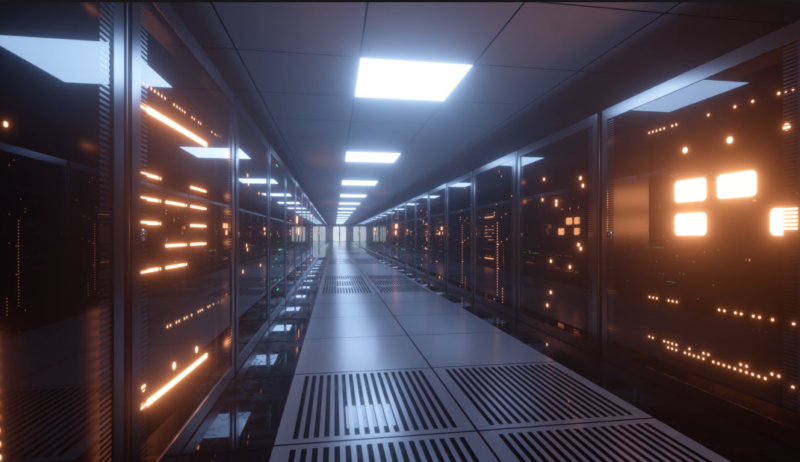
Not to be outdone by hyperscale data centers, edge will also be a big player in 2021 (and beyond). As more people adopt smart technologies in their homes and businesses, the demand for edge computing will grow and so will edge data centers. In fact, the IoT market is expected to grow by over $50 billion by 2022. With that kind of growth, and that kind of demand for reliability, speed, and connectivity, the edge market will need to grow.
Further, expect that all of the major colocation and hyperscale providers, like Amazon, will be jumping into this market in a major way during 2021. This kind of investment from some of the bigger players in the market suggests there’s a lot of expansion coming in this data center sector.
3. The Greening Game

Focusing on sustainability issues will be a big trend in 2021. Not only are regions where data centers are located starting to concentrate on water usage, but energy consumption and emissions are also a growing concern. In response, expect many data centers to start investing in renewable resources and discussions to focus on this industry challenge.
Look for data centers to find ways to not only reduce their impact on the environment, but also ways to help other sectors as well, as with waste heat recycling.
4. Automation
Certainly, automation is another aspect of the industry that accelerated due to the Coronavirus pandemic. In order to limit contact with other people, more data centers shift to remote capabilities for monitoring and routine services like updating and patching.
However, expect and anticipate that these will continue to grow as both hyperscale and edge data centers expand. Further, a 2020 survey of data center managers suggests that staffing issues are still a concern and are, likely, a driver of these automation needs as well.
Additionally, automation will expand to robotics which will begin to handle everything from rack rollouts and swaps to site monitoring and even physical security.
5. 5G Finally Realized
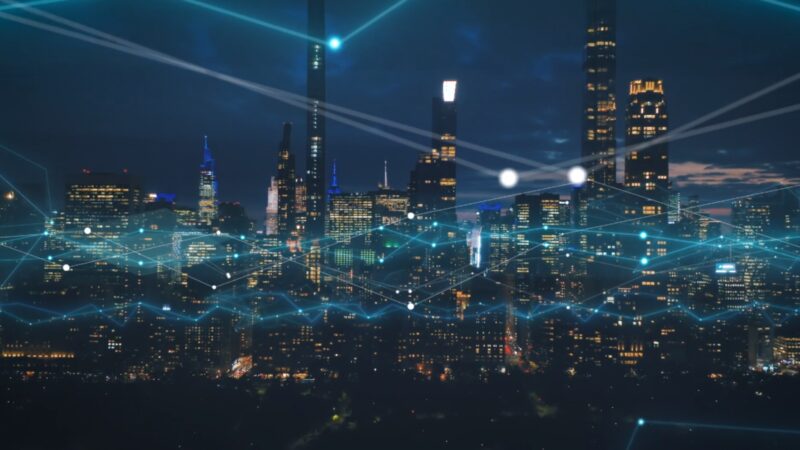
Another element impacting the need for edge data centers, and supporting the growth of the IoT, will be the realization of 5G technology. Though many carriers have touted 5G capability, many have still failed to see its speed or reliability in the real world.
However, as data centers drove industries and businesses to use data differently, the growth of edge computing will also drive faster demand for 5G technologies and the installation of nodes to support that kind of network. The IoT depends on it. In turn, anticipate that this will further push plans for edge data centers outside of major metropolitan areas.
FAQs
What is a data center?
A data center is a facility that houses computer systems and related components, such as telecommunications and storage systems. It generally includes redundant or backup power supplies, redundant data communications connections, environmental controls, and various security devices.
How do data centers impact the environment?
Data centers consume a significant amount of electricity and can have a large carbon footprint. However, many modern data centers are focusing on sustainability, using renewable energy sources, and implementing practices like waste heat recycling to mitigate environmental impacts.
What is the difference between edge computing and cloud computing?
Edge computing refers to processing data closer to the data source, such as IoT devices or local servers, whereas cloud computing involves processing data in large, centralized data centers.
Why is 5G important for data centers?
5G technology offers faster data transfer speeds and more reliable connections. As data centers support the growth of IoT and edge computing, the demand for 5G technologies will increase, ensuring faster and more efficient data processing and transfer.
How do data centers ensure data security?
Data centers employ various security measures, including physical security, firewalls, encryption, and regular security audits, to protect the data they house.
Final Words
The digital transformation wave, accelerated by the pandemic, has underscored the importance of data centers in our increasingly connected world. From hyperscale to edge computing, the trends highlighted for 2021 and beyond signify a dynamic shift in how businesses and industries will leverage data. As we navigate this digital age, the role of data centers will only become more pivotal, driving innovation, sustainability, and growth.
Related Posts:
- Top 7 Augmented Reality Trends for 2023: Next Frontier
- 5 Banking Analytics Trends Driving the Financial…
- Data Center Design 101: Everything You Need to Know
- Data Center Networking 101: Everything You Need to Know
- 5 Things You Need to Know About Data Center Infrastructure
- Data Center Server Racks and Cabinets: What You Need to Know



